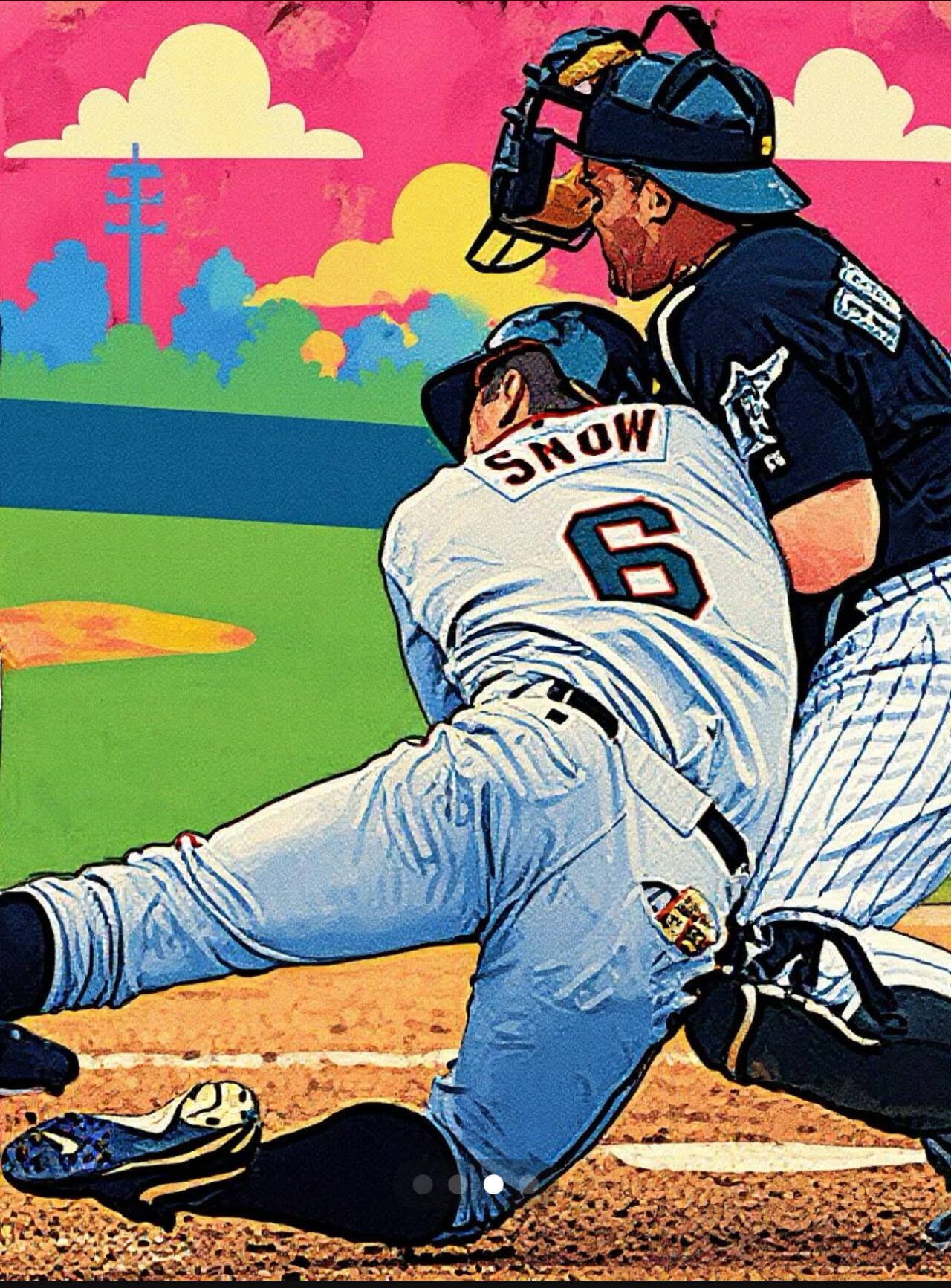PRO BLOG | DuraCatch+ | AUGUST 18, 2025
By: Eddy Rodriguez
MASTERING THE PLAY AT THE PLATE: A Catcher’s Guide
Let’s talk about the most costly play for a catcher—the play at home plate. Allowing 90 feet in baseball is detrimental to your chances of winning, but nothing hurts worse than watching an umpire straighten his arm and yell “safe” at home plate.
The Evolution of Home Plate
For years, baseball purists lived by the motto “home plate is our house.” You could practically sit on home, absorb contact from a sliding runner, then catch the ball for a consistent out call. This was also the era where pro catchers got absolutely destroyed by runners lowering their shoulders—I still remember the feeling from the two times I got clocked.
Then came the rule requiring catchers to give runners the base and a clear path to slide. In reality, this changed very little because enforcement was inconsistent. Most of the time, interference calls came from umpires trying to be heroes and becoming the center of attention.
Today’s Reality
Now we’ve swung to the other extreme—if you even look at the runner wrong, interference gets called. But here’s the truth: the nature of this play has always been the same. If you don’t catch the ball, nothing else matters.
We have this weird-shaped glove that seems to hate holding onto bouncing balls. Or is it that we catchers aren’t training enough for this play?
The Training Problem
Most catchers work on this play maybe twice per day during infield/outfield practice—that’s it. But when executed incorrectly, it’s exceptionally costly.
The Easy Fix
As often as possible, go field ground balls in the infield during batting practice or team ground ball sessions. You might have a catching coach who spends 20 minutes once a month on this play, but the real trick is getting used to fielding a ball with one hand.
The #1 Biggest Mistake
You do the hard work of securing the ball in your mitt, then you go to tag the runner—but his arm or legs have already slid past you.
The Solution: Forget the Runner
Focus on tagging the front third-base corner of home plate. Once you master that target, you can make adjustments to tag the runner based on his location.
Practice Drill
Grab a small cone and place it at the front third-base corner of home plate. Field the ball and bring it directly there—like drawing a sword to your left pocket.
The Simple Approach
Think of this play no differently than a shortstop or second baseman catching a throw from a catcher. Move your feet. Catch the short or long hop. Apply the tag to the front third-base corner.
Master these fundamentals, and you’ll dominate one of the most crucial plays in baseball.
Remember to follow us on all social media and check out our website for upcoming Boot Camps and 1:1 Trainingwith the FBR Coaches

